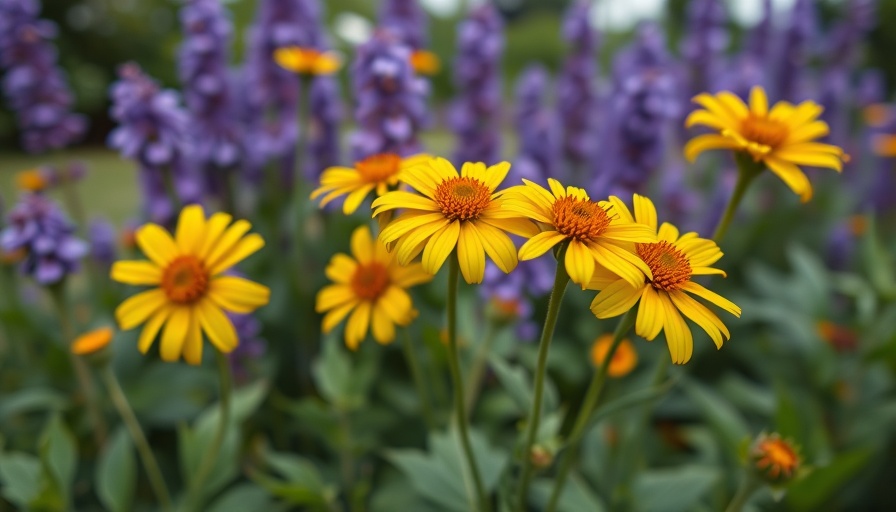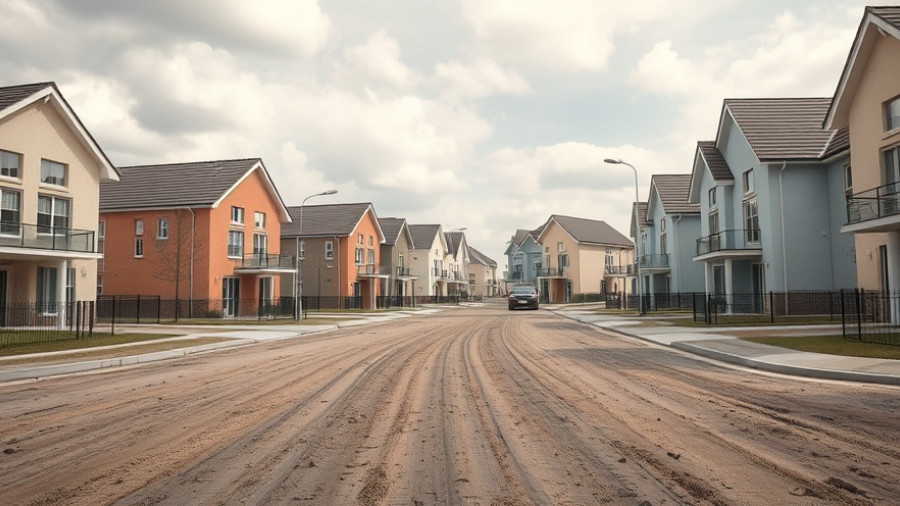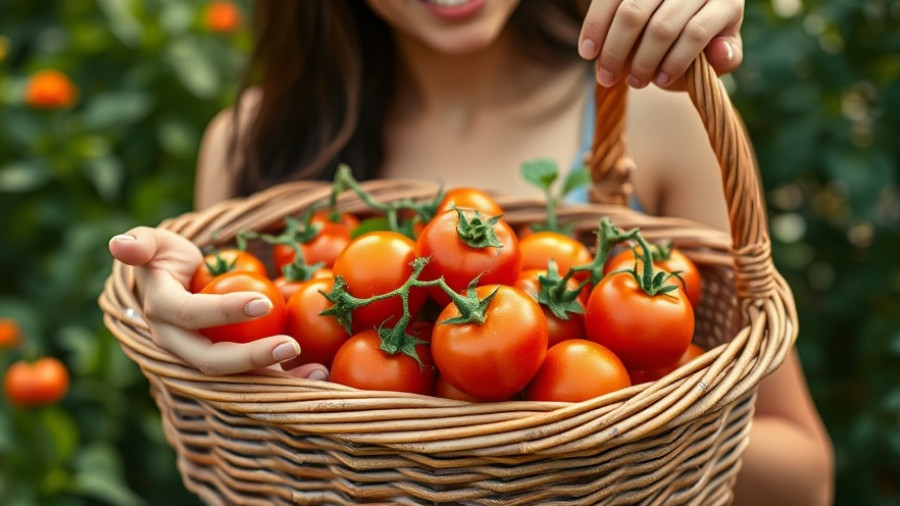
The Fascinating Eyes of Bees: A Different Perspective on Color
To fully appreciate why bees are attracted to yellow flowers, we must first delve into their unique vision. Unlike humans, who perceive a broad spectrum of colors including red, green, and blue, bees see primarily in blue, green, and ultraviolet light.
This variation means that colors like yellow appear strikingly vivid to them. Moreover, certain yellow flowers reflect UV light, creating a visual marker that draws bees in like moths to a flame. In essence, these hues act as neon signs, guiding bees toward their essential nectar sources.
How to Choose the Right Flowers for Your Garden
For gardeners seeking to optimize pollination, understanding how to select the right flowers is crucial. Bees thrive on biodiversity, so incorporating a mix of yellow and blue flowers can enhance the appeal of your garden. Here are some practical tips to consider:
- Prioritize UV-reflective varieties: Flowers with yellow petals that reflect UV light create clear nectar guides.
- Avoid solid red flowers: Since bees do not see red well, they often miss out on these plants. Opting for varieties that have been modified to reflect UV light can improve their visibility.
- Mix colors: Blue and yellow flowers can attract various species of pollinators, maximizing the potential for cross-pollination.
- Position strategically: Full sun exposure boosts the UV visibility of flowers, making them more attractive to bees.
Boosting Pollination: The Ecological Benefits
In addition to supporting bee populations, planting a variety of flowers significantly benefits local ecosystems. A diverse garden not only helps pollinators thrive but also contributes to food security and overall biodiversity. By creating attractive environments for bees, you encourage them to visit more often, which can ultimately lead to a more abundant garden.
Common Misconceptions About Garden Flowers and Bees
While many gardeners understand that bees are crucial for pollination, they often overlook how color impacts flower attractiveness. It’s a common myth that all flowers are equally appealing to pollinators. Knowing that yellow blooms are especially attractive due to their visual properties can reshape gardening strategies and lead to more fruitful growing experiences.
Future Insights: How Changing Habitats Affect Pollinator Behavior
As climate change continues to reshape our environment, the habitats of bees are under threat. By understanding the complex interactions between color, plant selection, and pollinators, gardeners can adapt to these changing conditions and support bee populations more effectively. Innovative planting strategies could help offset these shifts and enhance ecosystems at risk.
Your Garden Adventure Awaits!
As you embark on your gardening journey, remember that the choices you make have significant impacts on local ecosystems. With this knowledge, you have the power to create an inviting space that not only supports bee populations but also enriches the biodiversity around you. Make your garden a colorful haven for bees today!
 Add Row
Add Row  Add
Add 




Write A Comment